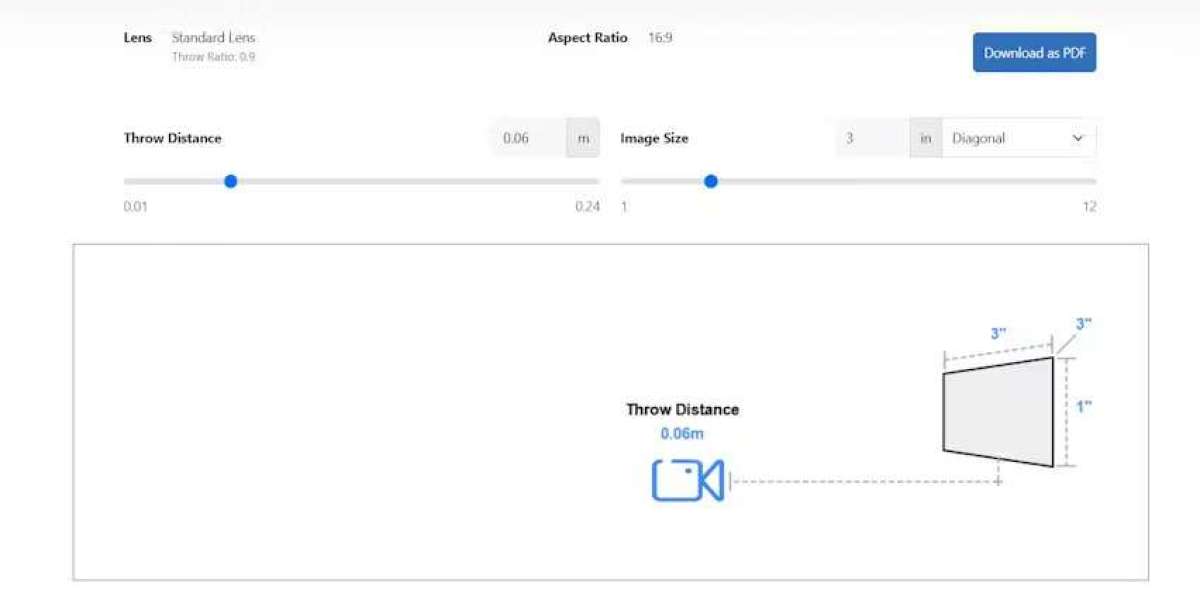Choosing the right display technology for spaces with high ambient light can be challenging. XTEN-AV provides AV professionals with advanced tools to design, simulate, and evaluate display setups, helping ensure optimal performance in any environment. One of the most common questions in this context is Video Wall vs Projector. Both technologies have their merits, but their performance in bright rooms can vary significantly. Understanding these differences is essential for making the right choice for your space.
Introduction to LED Walls
An LED wall is composed of multiple LED panels seamlessly tiled together to create one large display. LED walls are widely used in corporate lobbies, control rooms, retail spaces, stadiums, and broadcast studios due to their brightness, durability, and ability to maintain image quality over time.
LED panels emit their own light, which allows the display to remain vibrant and clear even in spaces with high levels of ambient light. Modern LED walls can achieve thousands of nits, making them highly visible and ensuring that colors, contrast, and text remain sharp and readable. Their modular design also allows for flexible configurations and scalable installations.
Introduction to Projectors
Projectors operate by casting light through a lens onto a screen or wall. They come in various types including standard throw, short throw, and ultra-short throw models. Projectors are popular in classrooms, meeting rooms, auditoriums, and temporary event setups because they can deliver large images at a relatively low cost.
Projectors rely on reflected light, which makes them sensitive to ambient lighting conditions. High-lumen projectors can perform well in moderately lit rooms, but their brightness can be diminished in spaces with strong sunlight or bright artificial lighting. Laser projectors have improved performance compared to lamp-based models, but they still face limitations in very bright environments.
Brightness and Visibility
When comparing Video Wall vs Projector in bright rooms, brightness is a key factor. LED walls maintain high brightness levels because each pixel emits light directly. This self-illumination allows LED walls to remain visible and clear even under strong sunlight or fluorescent lighting. Text, graphics, and video content retain their vibrancy, making LED walls ideal for environments where image clarity is critical.
Projectors, on the other hand, project light onto a surface, and the image quality depends on screen reflectivity and room lighting. In bright rooms, projected images may appear washed out or less vivid. Even high-lumen projectors can struggle to match the brightness and contrast of an LED wall in well-lit environments.
Color Accuracy and Contrast
LED walls offer superior color accuracy and high contrast ratios, which are crucial for maintaining visual clarity in bright spaces. Deep blacks and vibrant colors are preserved regardless of ambient light, enhancing readability and overall visual impact.
Projectors can achieve good color reproduction, especially laser models, but their contrast and perceived brightness can be compromised in bright rooms. This can make details harder to see and reduce the overall effectiveness of the display.
Viewing Angles and Uniformity
LED walls provide wide viewing angles and uniform brightness across the entire display. This ensures that the image remains consistent and clear from different positions within the room. In large or crowded spaces, this uniformity is essential for ensuring all viewers experience the same level of clarity.
Projectors often have narrower optimal viewing angles. Image quality and brightness can decrease for viewers sitting off-center, and uniformity may be affected by screen type and projection angle.
Energy Efficiency and Heat
LED walls are energy-efficient for the brightness they provide. They generate less heat than high-lumen projectors, reducing the need for additional cooling systems. Over time, this contributes to lower operational costs and a more sustainable installation.
Projectors require more power to achieve comparable brightness in bright rooms. Lamp-based models generate significant heat, which may necessitate air conditioning or ventilation, increasing overall energy consumption and operational costs.
Maintenance and Lifespan
LED walls maintain their brightness and color accuracy over many years with minimal maintenance. Individual panels can be replaced if needed, ensuring consistent performance without extensive downtime.
Projectors, particularly lamp-based models, require regular maintenance including lamp replacements, filter cleaning, and recalibration. As lamps age, brightness decreases, which can negatively affect performance in bright environments.
Cost Considerations
Projectors are generally more affordable upfront, making them suitable for temporary setups or spaces with controlled lighting. However, in bright rooms, achieving adequate visibility may require higher-end projectors or multiple units, which can increase cost and complexity.
LED walls have a higher initial investment, but their superior performance in bright environments, long lifespan, and low maintenance can provide better long-term value. For spaces where brightness and visibility are critical, the cost is often justified by the enhanced visual experience and reduced operational challenges.
Use Case Recommendations
For bright rooms, the choice between Video Wall vs Projector depends on the space, audience, and desired impact:
LED walls are ideal for corporate lobbies, retail showrooms, airports, broadcast studios, and event venues where high visibility and consistent performance are essential.
Projectors are suitable for classrooms, conference rooms, or temporary event setups where lighting can be controlled or where budget constraints are a priority.
Conclusion
In bright rooms, LED walls generally outperform projectors due to their self-illumination, high brightness, superior contrast, and color accuracy. Projectors can deliver large images at a lower cost, but their performance is limited by ambient light, screen quality, and viewing angles.
Using XTEN-AV, AV professionals can simulate both LED wall and projector setups, evaluating brightness, visibility, and overall performance in specific room conditions. This ensures the right technology is selected for each application, providing clear, vibrant, and impactful visuals even in well-lit environments.
Read more: https://hallbook.com.br/blogs/765870/Which-Is-Brighter-a-Video-Wall-or-a-Projector













